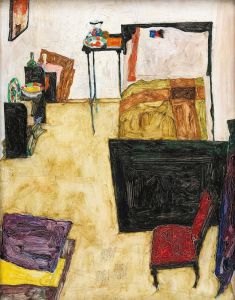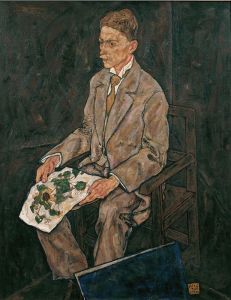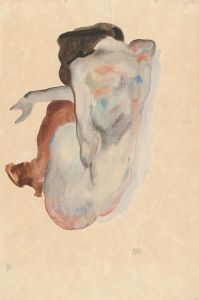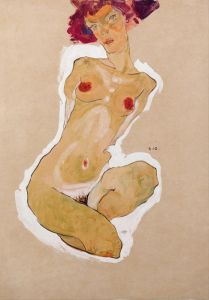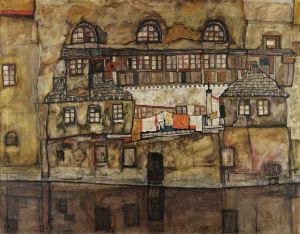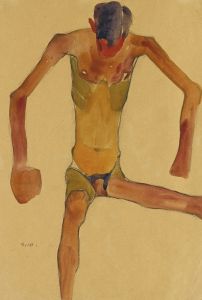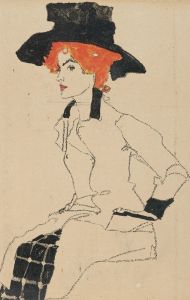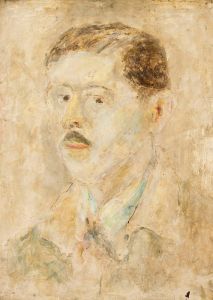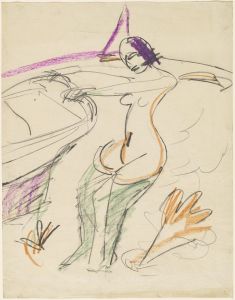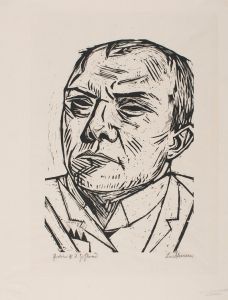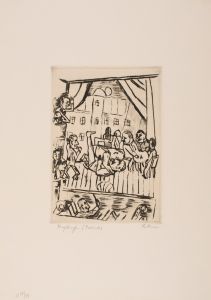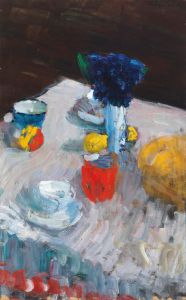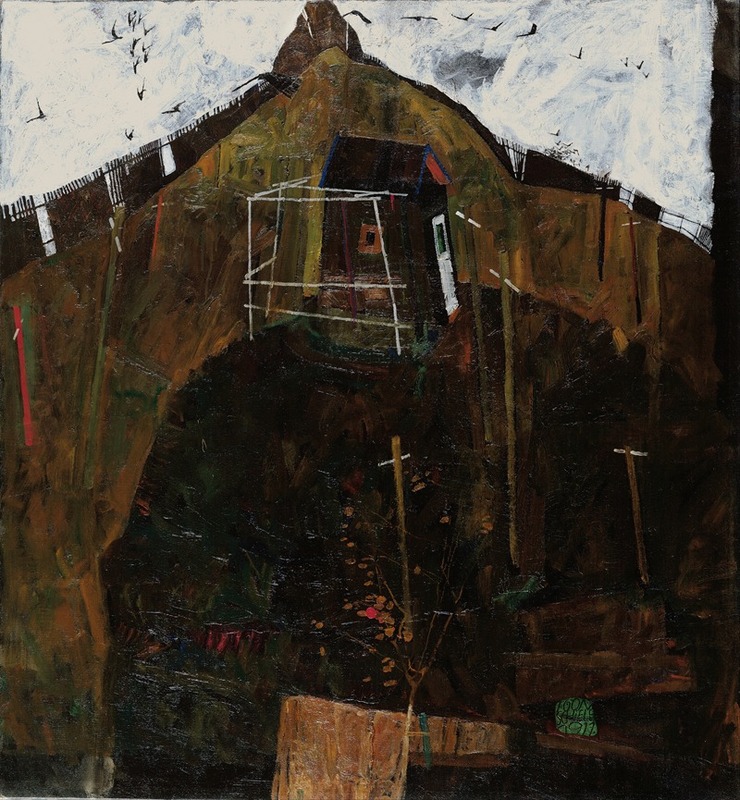
Landscape with raven
A hand-painted replica of Egon Schiele’s masterpiece Landscape with raven, meticulously crafted by professional artists to capture the true essence of the original. Each piece is created with museum-quality canvas and rare mineral pigments, carefully painted by experienced artists with delicate brushstrokes and rich, layered colors to perfectly recreate the texture of the original artwork. Unlike machine-printed reproductions, this hand-painted version brings the painting to life, infused with the artist’s emotions and skill in every stroke. Whether for personal collection or home decoration, it instantly elevates the artistic atmosphere of any space.
"Landscape with Raven" is a painting by the Austrian Expressionist artist Egon Schiele, created in 1911. Schiele, known for his intense and often provocative works, was a prominent figure in early 20th-century art, particularly within the Expressionist movement. His works are characterized by their raw emotional intensity, bold colors, and distinctive lines.
The painting "Landscape with Raven" exemplifies Schiele's unique approach to landscape art, which often deviated from traditional representations. Unlike many of his contemporaries who focused on capturing the beauty and tranquility of nature, Schiele's landscapes often convey a sense of unease and introspection. This particular work features a stark and somewhat desolate landscape, dominated by a solitary raven, which adds a symbolic layer to the composition.
Ravens are often associated with mystery, death, and the supernatural in various cultural contexts, and their presence in Schiele's work can be interpreted in multiple ways. The bird's dark form stands in contrast to the lighter tones of the landscape, drawing the viewer's attention and evoking a sense of foreboding or contemplation. This use of symbolism is typical of Schiele's work, where elements are often imbued with deeper meanings related to human emotion and existential themes.
The landscape itself is rendered in Schiele's characteristic style, with bold, expressive brushstrokes and a somewhat distorted perspective. The colors are muted, with earthy tones dominating the scene, which enhances the somber mood of the painting. Schiele's landscapes often reflect his interest in the psychological and emotional aspects of the natural world, rather than a mere depiction of physical reality.
Egon Schiele's career was relatively short, as he died at the young age of 28 in 1918, but his impact on the art world was significant. He was a protégé of Gustav Klimt and part of the Vienna Secession movement, which sought to break away from traditional artistic conventions. Schiele's work, including "Landscape with Raven," is noted for its exploration of themes such as sexuality, death, and the human condition, often conveyed through a distinctive and sometimes unsettling visual language.
"Landscape with Raven" is part of Schiele's broader body of work that includes portraits, nudes, and other landscapes, all of which showcase his innovative approach to form and content. His art continues to be celebrated for its emotional depth and its ability to challenge viewers' perceptions of beauty and morality.
Today, Schiele's works are held in high esteem and are featured in major art collections and museums around the world. "Landscape with Raven" remains an important piece within his oeuvre, reflecting both his technical skill and his ability to convey complex emotional and symbolic narratives through the medium of painting.






